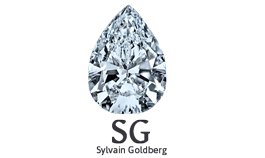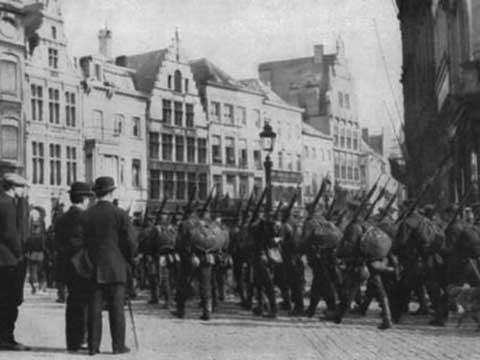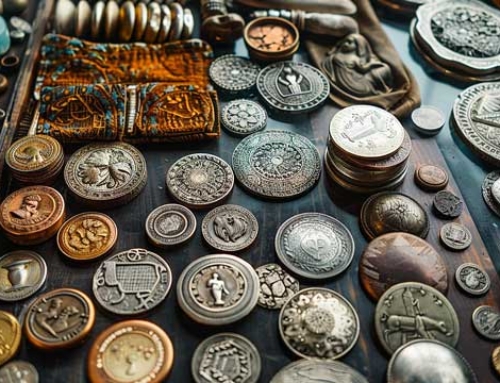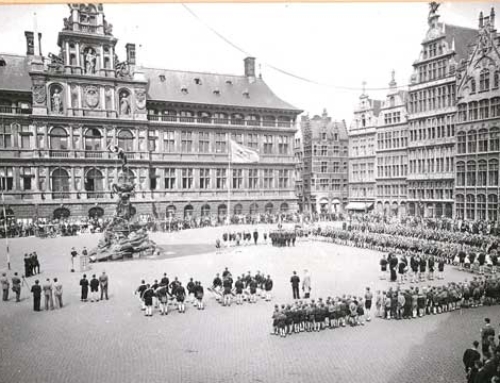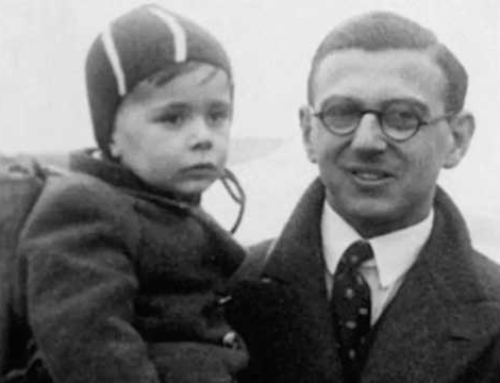Image: Militair.net
In case you missed part 1 of this story, read it here first.
February 26, 1915, the first 14 passes were issued, to merchants nominated by the ADB. Of these 14 passes, 12 were issued to Polish nationals and 2 to Belgians.
Van Berckelaer explained this by saying that the Poles had no problem asking for help from the union, while the Antwerpers were too proud to do so. The fact that these Poles were officially Austrian subjects, and therefore allies of the German occupier, was perhaps not an insignificant factor either.
The Antwerp manufacturers had more reason to be cautious in their dealings with the German government than the Poles. Over time, however, some Antwerpers also requested the pass. The number of diamond workers at work in Antwerp rose noticeably, by June their number exceeded 5,000.
This had not gone unnoticed in England either. The Allied economic boycott against Germany proved not to be watertight. England and the Netherlands concluded the aforementioned agreement to tighten the boycott against diamonds originating or worked in German control territory. Diamond workers were back on the streets of Antwerp, and their numbers rose to over 5,000 by June.
This had not gone unnoticed in England either. The Allied economic boycott against Germany proved not to be watertight.
England and the Netherlands concluded the aforementioned agreement to tighten the boycott against diamonds originating or worked in German control territory. Diamond workers were back on the street.
As soon as the measure took effect, people started looking for loopholes. A smuggling trade of considerable proportions developed between Dutch, Polish and Belgian patrons.
Large quantities of rough diamonds were smuggled to Belgium via the Netherlands. In exchange for large profits they were prepared to take the risk of having the stones polished in Belgium, where wages were now very low.
The export of diamonds processed in Belgium to the United States went through Switzerland, Scandinavia or Spain. Post-war Dutch literature even claims that the submarine “Deutschland” smuggled large quantities of diamonds to America.
A scam trade in “Certificates of Origin” also arose in the Netherlands. This smuggling trade was large enough to employ several thousand diamond workers in Antwerp throughout the war period.
The Diamond Club, the Diamond Bourse and the ADB decided to work together to maintain the diamond industry in Antwerp during the war so that its survival could be assured after the war.
Alfred Van Eeckhoven (head of the Antwerp Diamond Bourse), Willem Van Rijswijck (head of the Belgian Jewellers Association and after the armistice director of the Diamond Club) and Louis Van Berckelaer (head of the General Diamond Workers Association) were appointed as leaders. They were later joined by Romi Goldmuntz, to represent the Polish traders.
A petition was sent to the Belgian government to be allowed to import rough from England again, and to export processed diamonds. The petition was signed by approximately 7,000 Belgians (if foreigners had been allowed to sign, the number would have been much higher).
The Belgian government was willing to give its support, but negotiations with England never came to anything.
During the whole occupation this four-man committee succeeded in preventing the Germans from seizing machinery, tools and copper from the diamond sector.
Copper and other materials became increasingly scarce as the war wore on. Even after the war, new material would be scarce: lack of material would give the competition a complete advantage.
In a context that for the diamond merchants was determined by the English blockade, the willing Dutch cooperation to it, and the German help to keep Antwerp running after all, it is not unlikely that a feeling of Deutschfreundlichkeit emerged.
German propaganda capitalized on this feeling by putting the English in an even worse light with the Brighton affair with the diamond dealers.
In that context, it is not surprising that a fairly large number of diamond workers turned to activism. In Greater Antwerp 72 diamond cutters were known as activists, but activism also gained adherents among some diamond traders.
The German cooperation during the war gave the diamond sector a negative reputation among the population. The Belgian government was aware of the importance of the diamond sector but also of the risks that the war situation posed to its survival.
However, as long as there was war it could do little in favor of its own diamond sector. The months after the war would be decisive.
Armistice?
The priority of the Belgian government after the war was entirely on the recovery of the country, both materially and psychologically. The revival of the diamond sector was seen as very important for the recovery of Belgium.
This is evidenced by the actions of various ministers in favor of the diamond sector. The subject was discussed several times in the Council of Ministers.
The fact that diamonds had recently been discovered in the Belgian Congo (in 1909) was no stranger to this.
After the war, however, the country was not only marked by reconstruction and recovery, but also by the “purification of the Belgian nation“.
(Ex-)enemies were expelled from the country and moreover economically liquidated by placing their possessions and interests under sequestration.
In principle, only the subjects of the so-called cores of Germany, Austria, Hungary, Bulgaria and Turkey were still considered hostile.
However, Belgian public opinion resisted the fact that former enemies, such as Poles, Czechoslovakians and the like, were now considered and treated as allies.
Thus, on the one hand, the Antwerp diamond industry was encouraged in its recovery, but on the other hand, the fact that a very important percentage were of foreign, hostile origin prevented the resumption of business.
Bringing the foreign diamond merchants back to Belgium was therefore not without its problems.
It was the union president Louis Van Berckelaer who took it upon himself to get the fugitive and expelled diamond merchants back to Antwerp as soon as possible.
The importance of the foreign diamantaires for the Antwerp diamond industry could not be underestimated, the Antwerp patrons together with the ADB were convinced that their return was necessary to make the industry great again.
The socialist Camiel Huysmans, then a member of the Chamber of Deputies, had long been considered a family friend of the ADB, and once again he was willing to help the ADB president bring back the diamond merchants who were still abroad.
Together, they knocked on the door of Emile Vandervelde, Minister of Justice of socialist stripe. After all, the Ministry of Justice was responsible for foreigners’ policy, and together with the Military and Public Security was authorized to issue passports and visas to foreigners.
Vandervelde presented the issue to the Council of Ministers on December 3. The entire government appeared to agree on the importance of the Antwerp diamond industry.
Louis Franck, himself of Jewish origin and now appointed Minister of Colonies, spoke out resolutely in favor of the diamond merchants’ swift return to Belgium.
He stated that he wanted to see their passports in order as soon as possible, and that their repatriation was an absolute priority.
In mid-December Van Berckelaer received a “special letter” from Vandervelde stating that the “question of passports for diamantaires has been settled“.
After consultation with the Military and Public Security, Vandervelde assumed responsibility for issuing passports to the foreign (Poles from Galicia) diamond dealers.
Vandervelde’s action had enabled the Polish diamond merchants, whom he describes as being “industrious and quiet folk“, to return from abroad.
In October 1918, Poland had become independent and recognized as an ally by the Entente. The Poles had therefore suddenly turned from enemies into allies. To be allowed back into Belgium, they had to prove their new nationality and that they had not acted in a hostile manner during the war.
Socialist minister of Labour and Industry Joseph Wauters ordered Van Berckelaer “to go to Holland and England to investigate the situation of the workers and the diamond industry and to take the necessary measures to bring them back to Belgium.”
To be continued…right here
